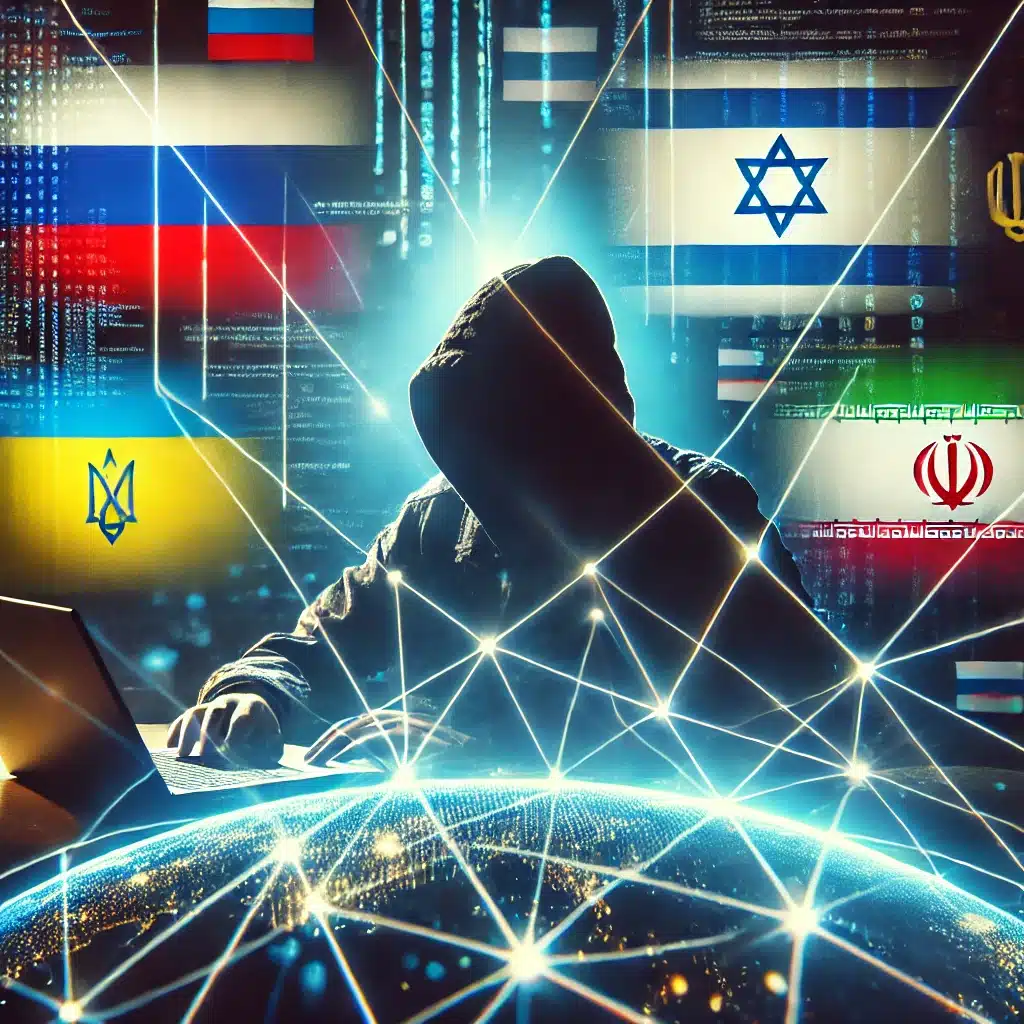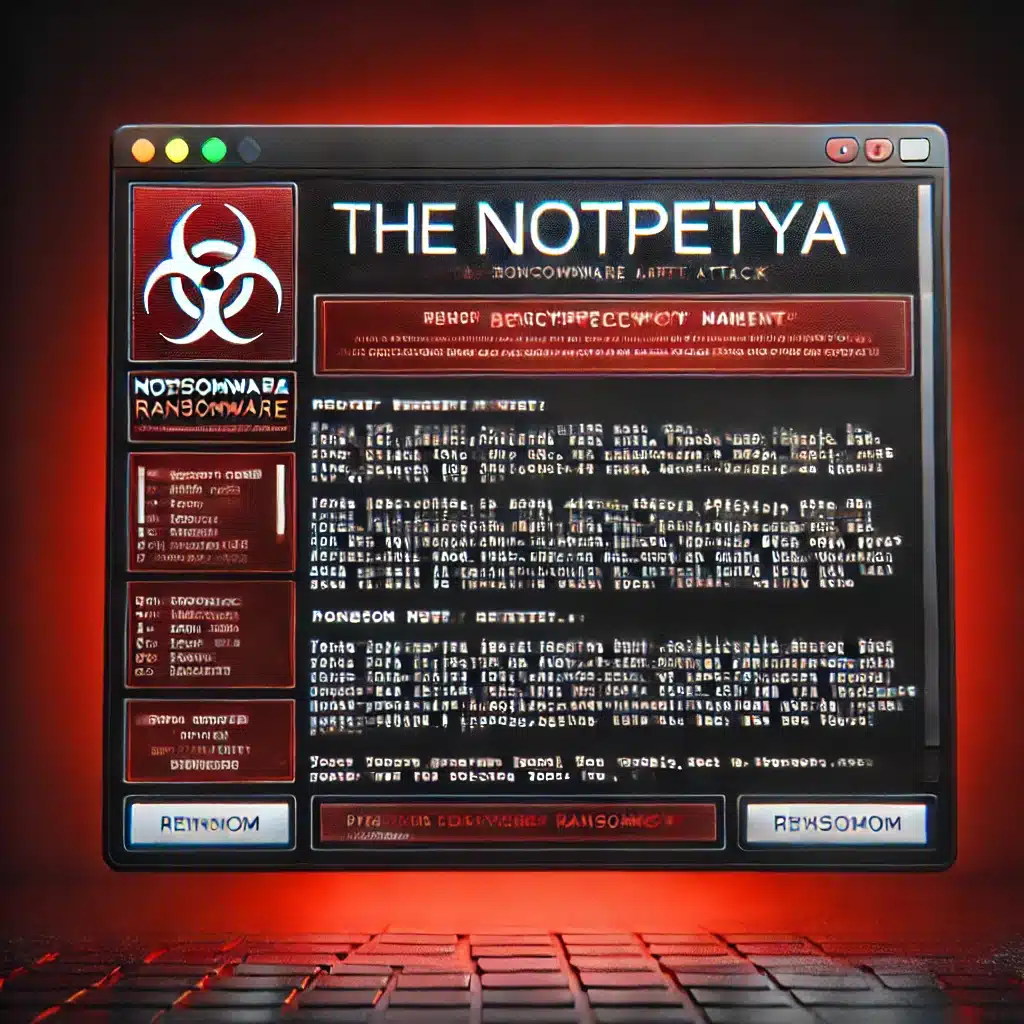Cyber Espionage in Russia-Ukraine and Israel-Iran Conflicts: Insights into APT Operations

In the digital age, cyber espionage has emerged as the invisible battlefield, reshaping geopolitics and cybersecurity alike. The Russia-Ukraine war and the Israel-Iran conflict stand as striking examples of how cyber operations have become indispensable tools of modern warfare. Advanced Persistent Threats (APTs) have played a critical role in these conflicts, targeting sensitive systems and disrupting critical infrastructure.
How APTs are Shaping the Cyber Battlefield
State-sponsored APT groups have turned cyber espionage into a precision weapon. Operating in the shadows, these groups execute sophisticated campaigns aimed at data theft, sabotage, and psychological warfare. Let’s explore their tactics and notable operations:
APT28 (Fancy Bear)
This Russian state-backed group has gained notoriety for:
- Conducting disinformation campaigns and targeting Ukrainian power grids.
- Using spear phishing (T1566) and custom malware like “X-Agent.”
Indicators of Compromise (IOCs):
- Malicious domains:
secure-ukrainetrust.com - Hashes linked to “NotPetya” ransomware:
e904bfc44b6cb4660f4e128fa31acb2f
APT33 (Elfin)
This Iranian group has relentlessly targeted Israeli industries, including energy and defense sectors, with:
- Destructive malware such as “Shamoon” to disrupt operations.
- PowerShell scripts for lateral movement (T1059.001).
Indicators of Compromise (IOCs):
- IPs traced to Iranian data centers.
- URLs masquerading as legitimate vendor sites.
Tools of the Trade: Techniques That Redefine Warfare
APT groups deploy an arsenal of tools and techniques mapped to the MITRE ATT&CK framework. Here are some of the most notable:
Stealthy Infiltration
- APT29 (Cozy Bear): Leveraged vulnerabilities in web-facing applications (T1190) to deliver malware like “WellMess.”
Privilege Escalation
- APT34 (OilRig): Used process injection (T1055) to execute payloads with administrative privileges.
Evasion and Persistence
- APT28 (Fancy Bear): Known for employing fileless malware and in-memory execution (T1059) to evade detection.
Cyber Skirmishes: Real-World Incidents
Russia-Ukraine Cyber Frontlines
One of the most devastating operations was NotPetya, attributed to APT28. This ransomware, disguised as a financial tool, wreaked havoc in Ukraine and beyond, causing billions in global damages. Techniques used included:
- Credential harvesting via Mimikatz.
- Network propagation through EternalBlue exploits (T1210).
The Israel-Iran Cyber Conflict
Iranian APTs targeted Israeli water systems in an attempt to manipulate water supply parameters—a move that could have endangered civilians. In retaliation, Israeli cyber operatives reportedly disrupted operations at Iran’s Shahid Rajaee port, creating logistical chaos.
The Ripple Effects of Cyber Espionage
The consequences of these cyber campaigns are far-reaching:
- Economic Fallout: Attacks like NotPetya disrupted global supply chains, impacting major orporations.
- Geopolitical Escalation: Cyber incidents often provoke real-world retaliation, amplifying tensions.
- Technological Advancement: High-profile operations have accelerated the adoption of sophisticated cybersecurity frameworks like MITRE ATT&CK.
These cyber operations underscore the critical importance of a proactive approach to cybersecurity. Organizations must not only bolster their defenses but also stay vigilant in monitoring adversarial tactics. Enhanced international cooperation is crucial to deter state-sponsored attacks and mitigate collateral damage. As geopolitical tensions rise, businesses, governments, and individuals alike must adopt a mindset of resilience and preparedness.
Cyber espionage is not just a technical challenge; it’s a global issue that requires collective action. By studying these incidents, we gain valuable insights into the strategies employed by APT groups and can adapt our security measures to stay one step ahead. Understanding their methods also fosters innovation in defensive technologies, which is essential for navigating the increasingly complex digital landscape. As the cyber battleground evolves, collaboration and foresight will determine how well we can safeguard critical systems and protect against future threats.
Related Reading
- The Art of Car Hacking – Understanding vehicle vulnerabilities in the modern age.
- Mastering Stack-Based Buffer Overflow Exploitation – A step-by-step guide to understanding buffer overflows.
- LLM Pentesting Security Part 1 – Insights into AI-driven pentesting.
Cyber espionage has transformed into a powerful tool of modern statecraft, capable of crippling economies and destabilizing regions. The operations of APT groups during the Russia-Ukraine war and the Israel-Iran conflict highlight the critical importance of understanding and mitigating these threats. By studying their strategies, we can better prepare to navigate this evolving battlefield.


Debraj Basak
Security Researcher (Red Teamer) @ Trellix CRTL || OSCP || CRTO || CRTP || LPT Master || CPENT || CEH || AD Exploitation || Reverse Engineer & Malware Analyst || IOT Security || OT/SCADA || iOS & Android PT


